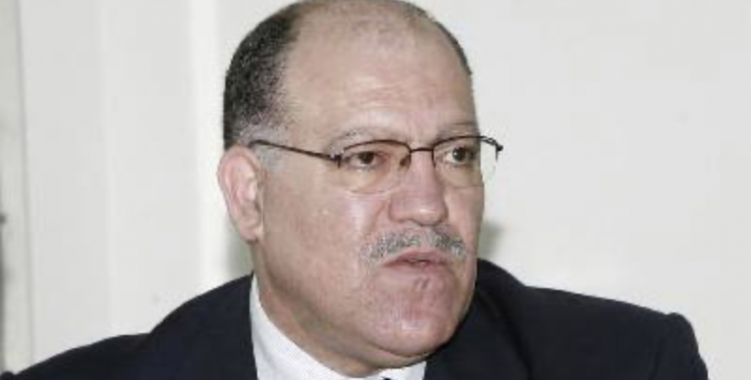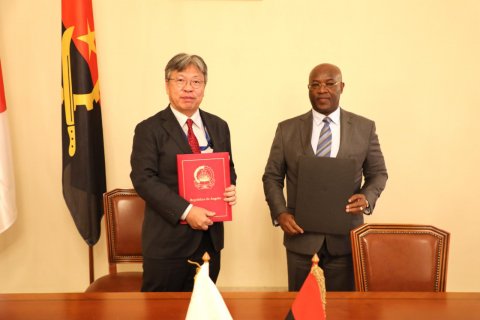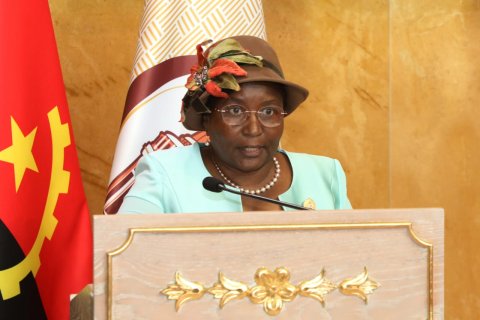"I worked for practically ten years at the head of Jornal de Angola and I also spent almost more than ten years in diplomacy. And after the change that took place in Angola, I was removed from the media. So I decided to publish a novel, a work of fiction and which has a lot to do with what Angola was and the relationship it has with several countries and which mainly goes through the period of independence until the present day", he told the Lusa agency.
The replacement of José Eduardo dos Santos in the Presidency by João Lourenço was marked, among other aspects, by the departure from the front line of staff and personalities linked to the previous head of State.
José Ribeiro says that "the idea of writing a novel was, let's say, boosted" by what happened to him "after being removed from the media" in a way that he classifies as "unexpected".
"I remained in Angola because I had a commitment of honor from the Angolan State to place me in an embassy as a press attaché and that commitment has not been honored to this day by the Angolan State. Instead, I was forced to retire", he considers.
"Some circles launched a defamation campaign against me, based on falsehoods. And I ended up going to court for news that I was not the one who created nor was I responsible for. Given these facts, I decided that there was nothing more, that they didn't want to know my opinion or my ideas in Angola", he adds.
José Ribeiro then decides to settle in Portugal, a former colonial power, where he has lived since 2021.
In his first novel, the Palácio da Cidade Alta, as a symbol of political power, witnesses the infiltration of those who intend to rebuild the Kingdom of Congo, among the refugees who return to Angola, and challenge the power established by the Akuaxi.
"Seeing their power threatened, the Akuaxi look for someone to help them. But they can't find it. No one believes in the Akuaxi anymore. Everyone who trusted the Akuaxi was betrayed, both those who opened their eyes to fight for freedom and those who saved them of death and placed them in the Palácio da Cidade Alta. The Akuaxi are at risk of disappearing, forever, from the city of Luandinos", writes José Ribeiro in "Assalto ao Palácio da Cidade Alta".
The Palácio da Cidade Alta is a historic building originally built in 1607/1611, initially intended to serve the city council of Luanda and which between 1621 and 1630 was adapted to function as the Palace of the Governor-General, under the colonial administration of Fernão de Sousa.
In 1761, during the government of the Marquês de Pombal, the building was almost completely demolished and rebuilt in the Pombaline style, remaining that way until the 1940s, when it underwent renovation.
Expanded, modernized and unified with the Episcopal Palace and the Casa da Junta Real, the popularly called Palácio da Cidade Alta becomes synonymous with the seat of political power in the territory.
In 1975, with independence, the palace that until then had been the headquarters of the colonial Government, became the official residence of the President of Angola.
"I would like people to read the book and interpret it based on the story that comes in the book. If they think that their interpretation is this or that, I leave it to the readers' discretion", argues the author.
Edited by Âncora Editora, "Assalto ao Palácio da Cidade Alta", with 382 pages, was released in December 2023.







